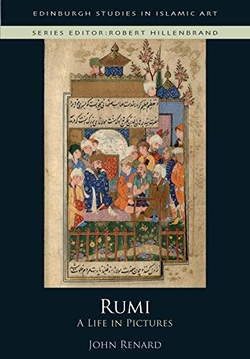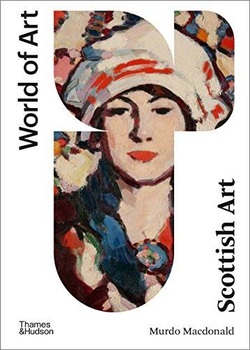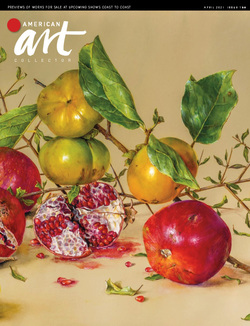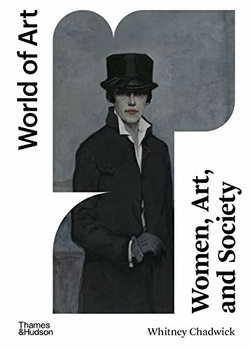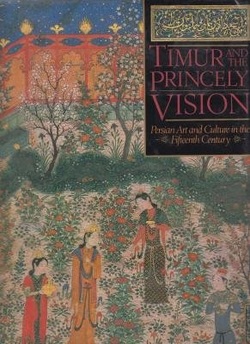سال انتشار: 2021 | تعداد صفحات: 294 | حجم فایل: 12.68 مگابایت | زبان: انگلیسی
Rumi: A Life in Pictures (Edinburgh Studies in Islamic Art)
نویسنده:
John Renard
ناشر:
Edinburgh University Press
ISBN10:
1474475000
ISBN13:
9781474475006
